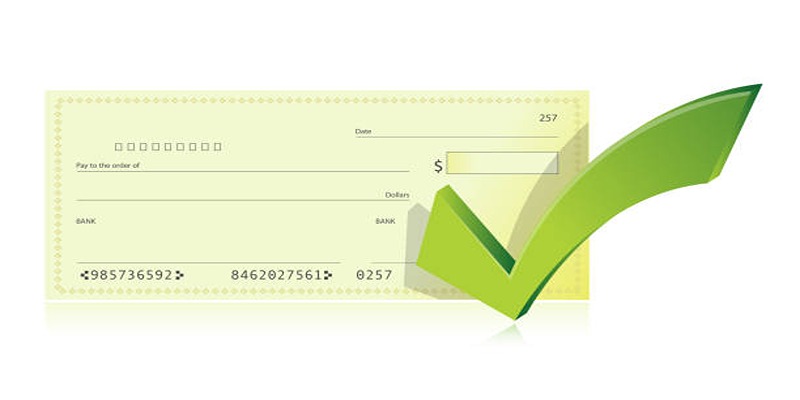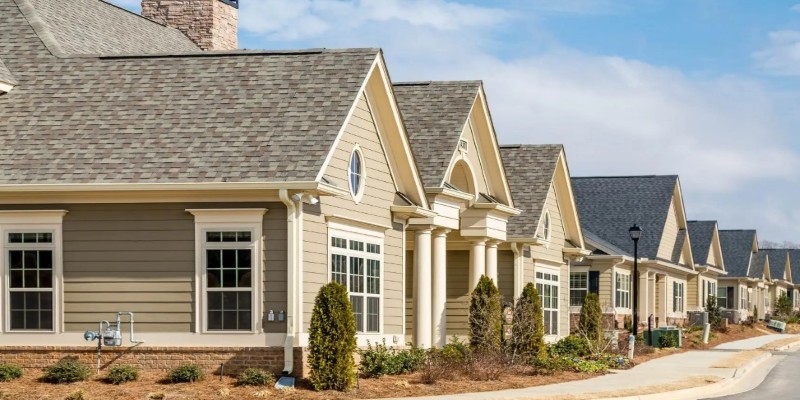Being a homeowner has many benefits, but it also comes with ongoing duties, especially when it comes to fixing up or keeping the home. Home changes usually cost a lot of money, whether they're updating an old kitchen, replacing a worn-out roof, or adding on to the house. Home improvement loans help a lot of people get the money they need to make their renovation ideas come true.
This guide explores the key differences between secured and unsecured home improvement loans, outlines the most common loan types, and helps homeowners determine which financing option aligns best with their renovation goals and financial circumstances.
Secured vs. Unsecured Home Improvement Loans
Home improvement loans fall into two primary categories: secured and unsecured.
- Secured loans require collateral—usually the home itself. These loans tend to offer lower interest rates and higher borrowing limits. However, if the borrower fails to repay the loan, the lender can seize the collateral.
- Unsecured loans do not require any collateral. These are typically easier to obtain but often come with higher interest rates and lower borrowing amounts, especially for borrowers with less-than-perfect credit.
Each option has its advantages, and the right choice depends on the homeowner’s financial situation, credit profile, and the size of the renovation project.
Types of Home Improvement Loans
There are several types of loans available for home improvement, each with its structure, qualification criteria, and intended use. Understanding these options can help homeowners select the best fit for their specific project and financial situation.
1. Personal Loans

A personal loan is an unsecured loan that can be used for virtually any purpose, including home renovations. Approval is generally based on credit score, income, and overall financial history.
Since personal loans do not require home equity or collateral, they are often easier to obtain for new homeowners or those without much built-up equity. However, interest rates tend to be higher than those of secured loans, and the repayment terms are typically shorter.
2. Home Equity Loans
Homeowners can borrow money against the value of their home with a home equity loan. Equity is the difference between the home’s current market value and the amount still owed on the mortgage.
This loan is issued as a lump sum and comes with a fixed interest rate and regular monthly payments. It is suitable for homeowners who need a large amount of money for a single project, such as a full-room remodel or structural repair.
3. Home Equity Line of Credit (HELOC)
A home equity line of credit, or HELOC, also draws from the homeowner’s equity but functions more like a credit card. People who borrow money get a line of credit that they can use whenever they need to.
HELOCs are ideal for long-term or phased renovation projects, as funds can be withdrawn over time. The interest rate is usually variable, and repayment terms are flexible. However, because the home secures the loan, defaulting could result in foreclosure.
4. Cash-Out Refinance
With a cash-out refinance, a homeowner replaces their existing mortgage with a new, larger one and takes the difference in cash to fund home improvements. This method can be appealing if the borrower can secure a lower interest rate than their current mortgage.
Cash-out refinancing involves a full mortgage application, closing costs, and often a home appraisal. It is best suited for homeowners with significant equity and long-term renovation plans.
5. FHA 203(k) Loan
The government backs the FHA 203(k) loan, which covers both the cost of buying a home and the cost of fixing it up. It is available to buyers of fixer-uppers and current homeowners planning extensive improvements.
There are two versions: the Limited 203(k), which covers minor repairs up to a set limit, and the Standard 203(k), which includes major renovations. These loans are subject to FHA guidelines and are only available through approved lenders.
Benefits of Home Improvement Loans
Home improvement loans offer several advantages, particularly when it comes to affordability, project planning, and increasing property value. Here are the key benefits:
- Manageable Monthly Payments: Homeowners can spread renovation costs over time with fixed or flexible repayment plans, reducing the need for large upfront payments.
- Preserved Savings: By financing the renovation, homeowners can avoid dipping into emergency funds or depleting savings accounts.
- Increased Property Value: Strategic upgrades, such as kitchen remodels, bathroom renovations, or adding energy-efficient features, often boost a home’s market value.
- Potential Return on Investment (ROI): Renovations that enhance functionality and aesthetic appeal—like new flooring, roofing, or room additions—can yield strong resale returns.
- Access to Tax Incentives and Rebates: Certain improvements, especially those related to energy efficiency (e.g., solar panels, new insulation), may qualify for local or federal tax benefits and energy-saving rebates.
- Flexible Financing Options: With various loan types available—including unsecured personal loans and equity-based solutions—homeowners can choose the one that best suits their financial profile and renovation goals.
How to Qualify for a Home Improvement Loan?

Qualification for a home improvement loan depends on the type of loan being pursued. For unsecured personal loans, lenders primarily evaluate credit scores, debt-to-income ratios, and income stability.
For secured loans like home equity loans and HELOCs, the borrower must have sufficient equity in the home—usually at least 15% to 20%—and a reliable income stream. Lenders will also review the borrower’s payment history and may require a home appraisal.
Cash-out refinancing and FHA 203(k) loans come with additional requirements, including mortgage insurance and detailed project estimates. These loans may also require that a portion of the funds be placed in escrow until the improvements are completed.
Conclusion
Home improvement loans are valuable financial tools that can turn renovation plans into reality. Whether upgrading an outdated space, making essential repairs, or increasing a home’s market value, these loans provide flexible and structured ways to fund home improvement projects. Understanding the types of loans available, the eligibility requirements, and the long-term financial implications can help homeowners make informed, confident decisions.












